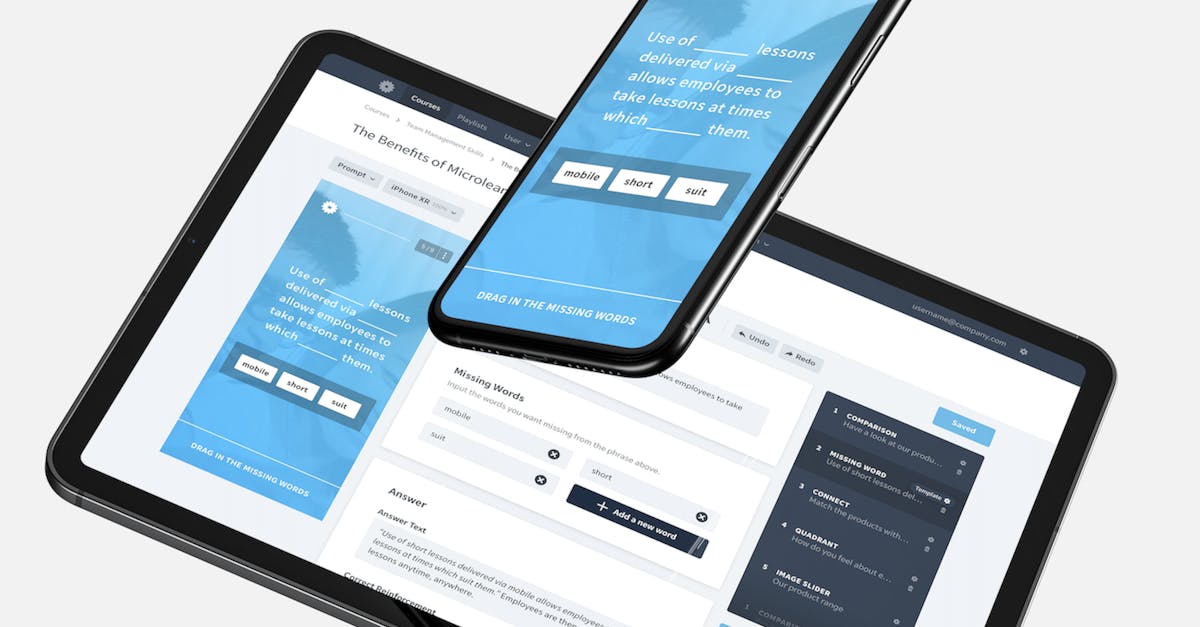What is the appropriate length of a microlesson?

No doubt you’ve heard that a microlesson is a bite-sized bit of information. Yet, what is the appropriate length of such an educational bite?
If we were talking about food, we’d be talking about “amuse-bouchesamuse-bouchesamuse-bouches” (French for “mouth amusers/entertainers”). You know, those tasty, little morsels which accompany drinks at the start of parties and formal events.
Amuse-bouche characteristics
Despite their differences, these bite-sized, food bits share a set of features.
For one, each item can be popped into the mouth as a whole, no biting required.
This means that the entire canapé or hors d’oeuvre is enjoyed as one complete experience.
Of course, if you were to arrange different amuse-bouche in a line and measure them, you would see that they are not exactly the same size. While all are bite-sized and thus small, there is some variation. This is because a bite-sized fruit stick, a bite-sized stuffed pizza roll, and a bite-sized meatball all fill the mouth slightly differently.
Another characteristic is that each item can stand on its own.
It is independent, not connected to either the morsel eaten before or the one which will be eaten after.
A third feature is that you can eat quite a few.
One does not fill you up. In fact, this is one of their big advantages. If you like one, you can have seconds, thirds, or even fourths. On the other hand, you can choose to move on and sample a variety.
How do these features apply to microlessons?
No biting required
There are many books, articles, and studies about how to incorporate microlessons into teaching. Here’s a sample of recommendations:
- Published in 2006, Introduction to Educational Technology says 5-10 minutes, with 5 being the goal.
- A recent article (2017) in the industry publication, Learning Solutions informs that 8 minutes is a popular length, although microlessons can range from 1-15 minutes.
- For teaching optics, data from 2017 shows that 3-5 minutes is optimum.
- A presentation in the nursing sphere states that 4-5 minutes is a good length.
- A recent book, Learning and Teaching (2019) suggests 6 minutes.
- Innovative Science Teaching (2019) gives a 5-minute time limit.
Like our amuse-bouche above, appropriate lengths for microlessons can vary slightly. The average, appropriate length appears to be 5 minutes with some variation on either side.
Independent content
Educational literature describes the content of the microlesson as: “a single, tightly-defined topic”; “one skill”; and “one clear learning objective, with one or two key messages.”
Thus, the appropriate length of a microlesson will be somewhat dependent on the topic, skill, or learning objective. For some educational goals, 5 minutes will be enough time. For others, it will be slightly too long or too short. Here are two examples:
Microlessons for teachers
This website offers ready-to-use lesson plans for teachers in English and Hindi. Their business microlessons are 6-8 minutes.
Teacher-training microlessons
On this webpage from the New Zealand Digital Library is a microlesson template for teacher training sessions. The recommended time is 7-12 minutes.
One slight difference from our bite-sized hors d’oeuvres above…
although each microlesson is self-contained, it may depend on material taught in previous microlessons and, in turn, provide the scaffolding necessary for microlessons to come.
Repeat or move on
Did the learner understand the material in the microlesson? Great, time for the next one.
No problem, he or she is not tired out from a long, educational session.
This is especially true for video-based microlessons. The video can be watched as many times as needed. Since it is short, it is not a big investment in time or motivation. Once the material has been learned, the next video in the course can be accessed.
Additionally, since microlessons, like our amuse-bouches, do not “fill up” learners, they can engage in more than one, maximizing their learning over the same time period needed for the longer, mega lesson.
The appropriate microlesson length
Average microlessons should be 5 minutes more or less. Having said that, a microlesson could be as short as 3-4 minutes and might even stretch to 10. Longer than that is rare, but up to 15 minutes is acceptable if that is what the learning objective requires—just check that you are still dealing with one, single skill or topic.
Here are more EdApp tips for structuring your microlessons.
Ready to author some microlessons of your own? Get started here.
Sources:
- https://www.edapp.com/blog/5-tips-for-structuring-your-microlessons-ed-microlearning/
Author
